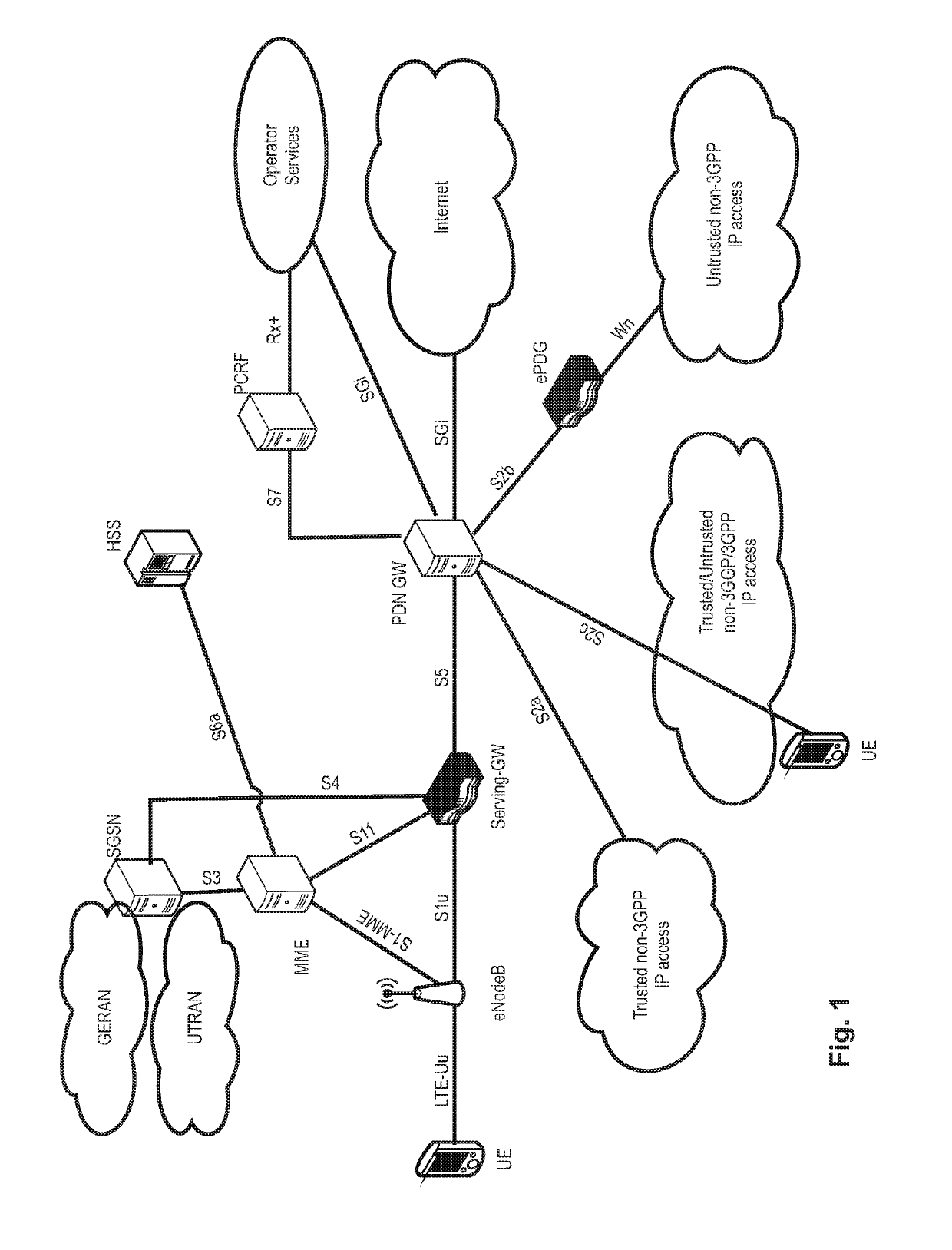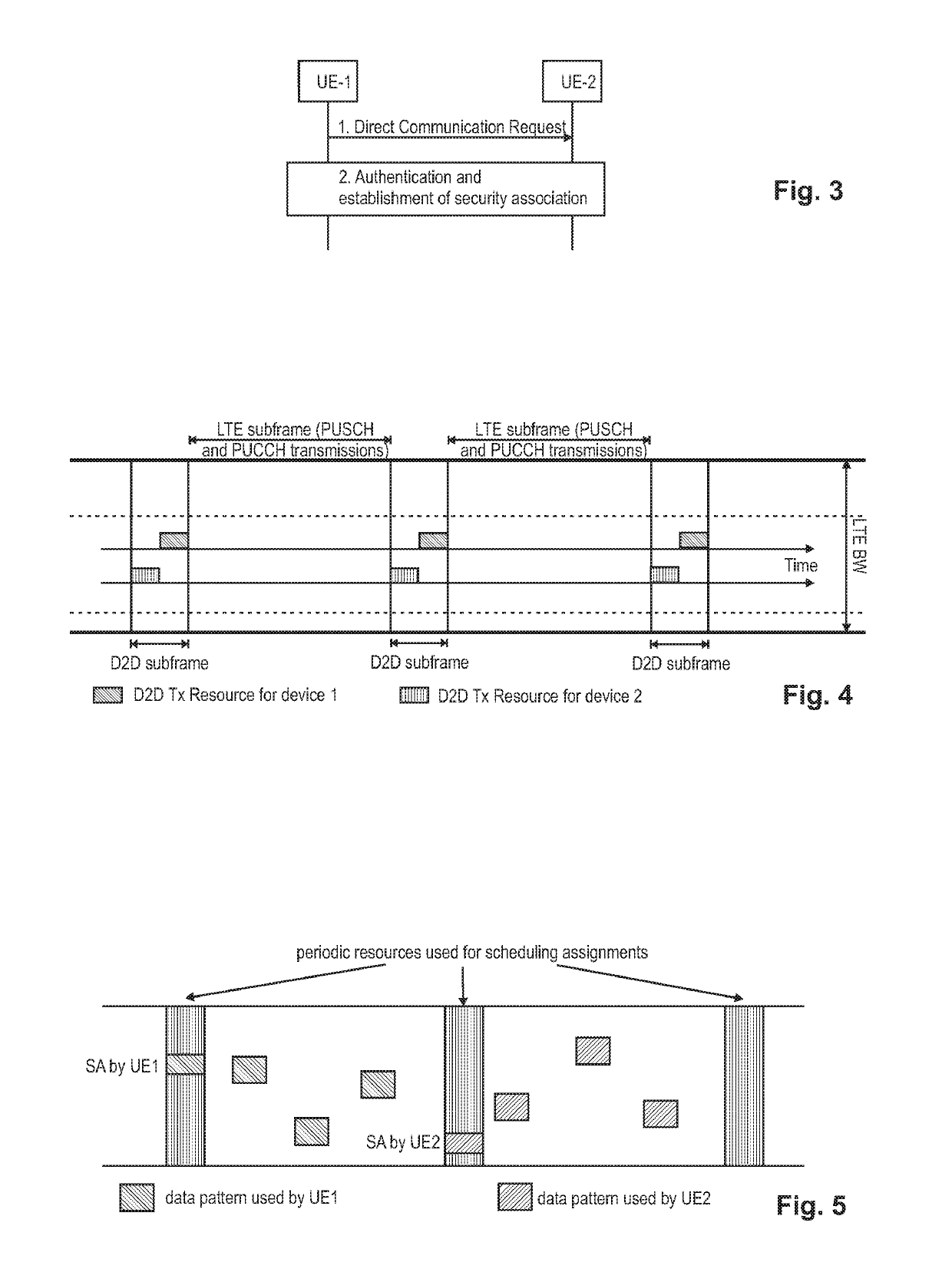Improved semi-persistent resource allocation for v2v traffic
a technology of resource allocation and traffic, applied in the direction of particular environment based services, vehicle components, electrical equipment, etc., can solve the problems of not being able to configure a mobile terminal, not being standardized, and not being able to find a spectrum band wide enough for the lte-advanced system
- Summary
- Abstract
- Description
- Claims
- Application Information
AI Technical Summary
Benefits of technology
Problems solved by technology
Method used
Image
Examples
first embodiment
[0256]In the following a first embodiment for solving the above-mentioned problem(s) will be described in detail. Different implementations and variants of the first embodiment will be explained as well.
[0257]Exemplarily, a vehicular UE is assumed which is installed in a vehicle and is capable of performing vehicular communication based on the D2D framework as explained in the background section of this application. However, as will be explained in more detail later, the principles underlying the disclosure are not restricted to be merely applied by vehicular UEs, but may also be implemented by usual (i.e., non-vehicular) UEs which are for example transmitting periodic data via the Uu interface to the eNB or via the PC5 interface (sidelink connection) to other UE(s). Nonetheless, for the following discussion it is assumed that it is a vehicular UE which needs to periodically transmit V2V data.
[0258]It is further assumed that the vehicular UE transmits (broadcasts) the periodic data ...
PUM
 Login to View More
Login to View More Abstract
Description
Claims
Application Information
 Login to View More
Login to View More - R&D
- Intellectual Property
- Life Sciences
- Materials
- Tech Scout
- Unparalleled Data Quality
- Higher Quality Content
- 60% Fewer Hallucinations
Browse by: Latest US Patents, China's latest patents, Technical Efficacy Thesaurus, Application Domain, Technology Topic, Popular Technical Reports.
© 2025 PatSnap. All rights reserved.Legal|Privacy policy|Modern Slavery Act Transparency Statement|Sitemap|About US| Contact US: help@patsnap.com



